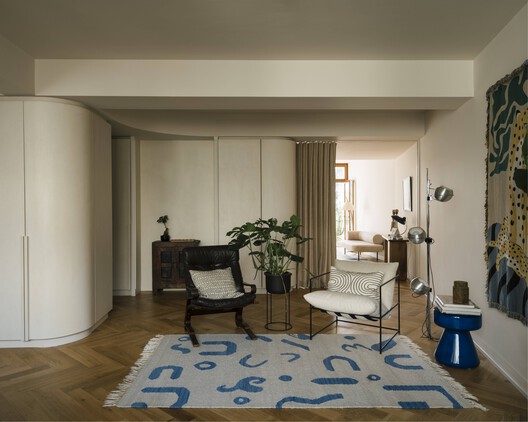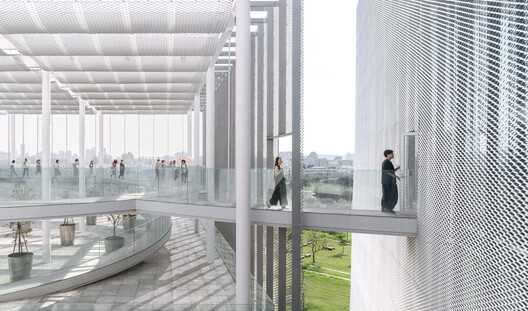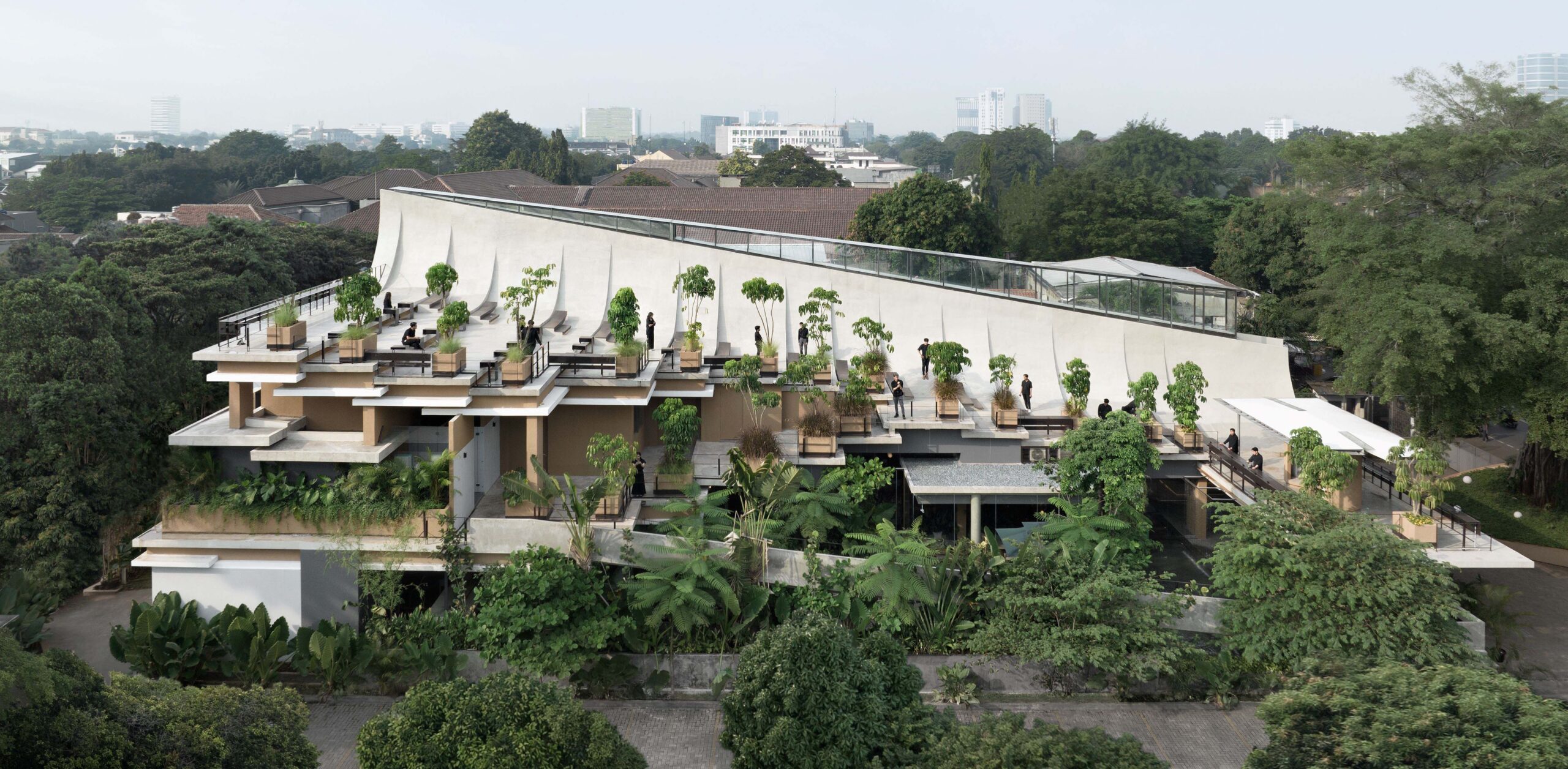White House extension informed by "Gilded Age classicism" says Robert Adam


There has been much discussion over the merits of US president Donald Trump's White House ballroom plans, which were revealed last month. Here leading classical architect Robert Adam discusses the style, quality and appropriateness of the architecture.
British architect Adam, who is the founder of Adam Architecture and author of Classical Architecture: A Complete Handbook, described the recently unveiled design as "orthodox classical".
Designed by James McCrery, who Adam said "has a very good reputation as an architect and teacher", the ballroom building is set to be built on the site of the current East Wing.
Adam believes that the proposed design was informed by Gilded Age classicism and the work of American classical architecture studio McKim, Mead and White.
The studio designed numerous significant buildings across the USA in the late 19th and early 20th centuries, including Penn Station in New York and an extensive refurbishment of the White House.
"The White House is no stranger to extensions"
Adam has designed numerous classical homes in the UK along with large parts of the Poundbury estate in Dorset for King Charles, while he was Prince of Wales, which led to some calling him the "King's favourite architect".
He believes that the classical design of the extension is fitting for its location, given the style of the main residence and the large number of classically styled federal buildings in Washington DC.
"Washington DC federal buildings, right up to the second world war were high-quality classical buildings, from neo-Palladian to neo-classical," he said.
"The White House is no stranger to extensions," he continued. "This forms a wing much as, but different to, the West Wing. The entrance portico is rightly placed behind the White House-facing elevation."
"No absolute rule for a hierarchy of the classical orders"
The proposed interiors, which were shown in full colour renders, drew attention for their use of Corinthian columns, while the main house is adorned with Ionic columns.
However, Adam believes that the corinthian columns are not out of place.
"There is no absolute rule for a hierarchy of the classical orders – although some think there is," he said.
"No doubt some will associate the greater detail of the Corinthian order with the Trumpian bling, as much as the white and gold interior. But you can always make up meanings with architecture."
"Classical architecture is not static"
Although Adam was not directly critical of the design, he did draw attention to the ballroom's coffered ceiling, which, due to its extensive span, could not be built in stone.
"This is a problem with 'orthodox' classical design – that which sticks closely to ancient or up-to-18th-century precedents," he said.
"Classical architecture is not static and, in the nineteenth and early twentieth century, the tradition adapted to the nature of large span construction – look at stations, arcades and other buildings," he continued.
"A response to this could have produced a more dynamic interior rather than the proportionally (rather than actually) low slot-like design, which makes the perimeter columns look rather superfluous and illogical."
However, asked if overall he considered the design to be good, he said "yes".
"Within the constraints and accepting the school of classical architecture to which James McCrery belongs, yes," he said.
Read the full Q&A with Adam below:
Tom Ravenscroft: How would you describe the style of the proposed ballroom wing?
Robert Adam: orthodox classical.
Tom Ravenscroft: what direct precedents do you think the architect has referenced in the design?
Robert Adam: Gilded Age classicism and McKim Mead and White.
Tom Ravenscroft: are you aware of James McCrery's work and reputation?
Robert Adam: yes, he has a very good reputation as an architect and teacher. There will be no errors in 'literacy'.
Tom Ravenscroft: does the design align with the style of the main White House building?
Robert Adam: the White House is no stranger to extensions.
This forms a wing, much as, but different to, the West Wing. The entrance portico is rightly placed behind the White House facing elevation.
Tom Ravenscroft: is the particular classical architecture chosen appropriate for its setting and purpose?
Robert Adam: yes, Washington DC federal buildings, right up to the second world war were high-quality classical buildings, from neo-Palladian to neo-classical.
Tom Ravenscroft: do you think the choice of corinthian columns for the ballroom is appropriate?
Robert Adam: there is no absolute rule for a hierarchy of the classical orders – although some think there is.
No doubt some will associate the greater detail of the corinthian order with the Trumpian bling, as much as the white and gold interior. But you can always make up meanings with architecture.
I don't know what part Trump himself had on the detail. It is, perhaps, ironic that Trump is the personal brand for many flashy glass towers that characterise his hotels, which belong to an entirely different architectural type.
Tom Ravenscroft: are there any parts of the design that do not feel appropriate?
Robert Adam: no
Tom Ravenscroft: do you have any criticisms of the design?
Robert Adam: not so much a criticism as a comment. The large, flat-roofed, coffered interior is, like many modern hotel ballrooms and conference rooms, is an anomaly for architectural detail that is anchored in solid masonry construction.
This is a problem with "orthodox" classical design – that which sticks closely to ancient or up-to-18th-century precedents.
Classical architecture is not static and, in the nineteenth and early twentieth century, the tradition adapted to the nature of large span construction – look at stations, arcades and other buildings.
A response to this could have produced a more dynamic interior rather than the proportionally (rather than actually) low slot-like design which makes the perimeter columns look rather superfluous and illogical. However, there is a school of modern classical architecture that is orthodox as well as one which is more evolutionary.
Tom Ravenscroft: overall do you think it is a good design?
Robert Adam: within the constraints and accepting the school of classical architecture to which James McCrery belongs, yes.
The images are courtesy of the White House.
The post White House extension informed by "Gilded Age classicism" says Robert Adam appeared first on Dezeen.




















































